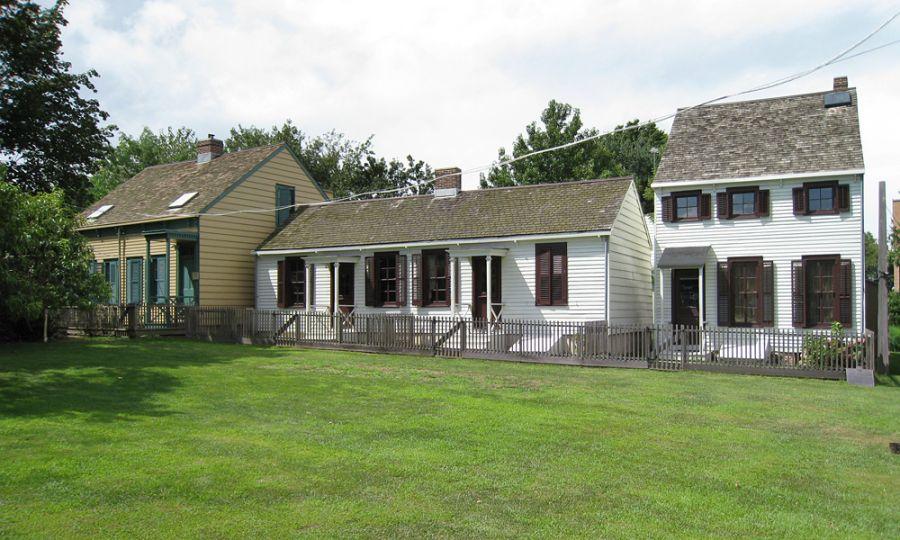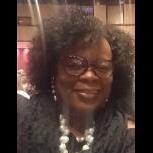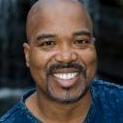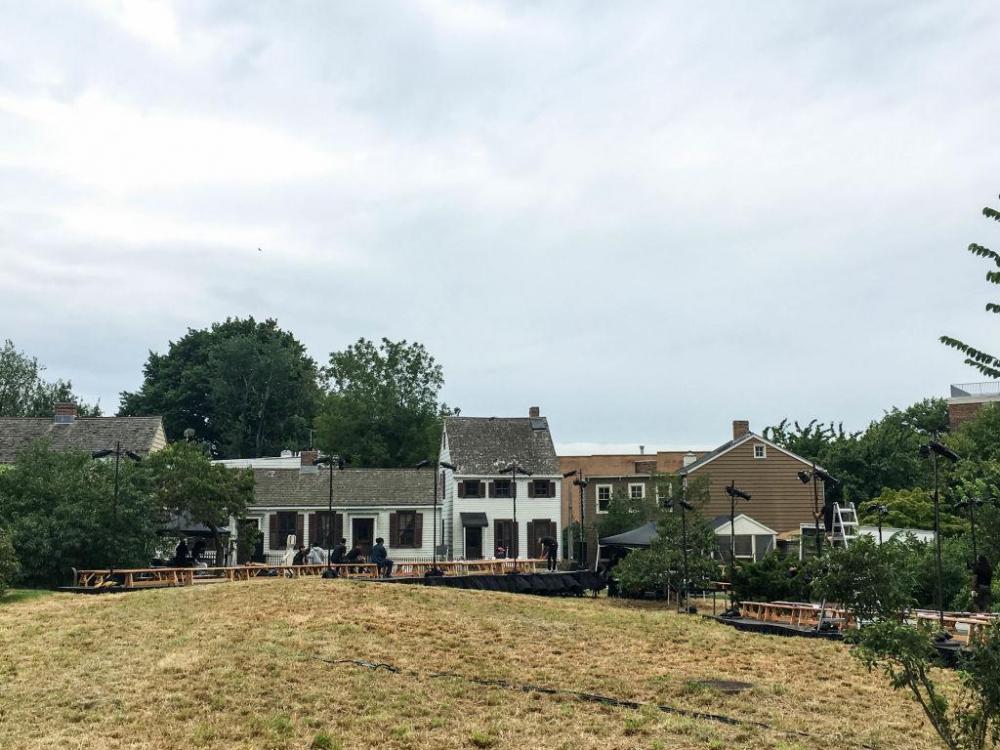-
Posts
3,695 -
Joined
-
Last visited
-
Days Won
118
richardmurray's Achievements
Single Status Update
See all updates by richardmurray
-

Brooklyn’s Lost Black City Of Weeksville: A Hidden Gem Of Pre-Civil War Black Excellence
Tucked away deep inside the history of one of New York City’s most famous boroughs is the extraordinary story of a little town called ‘Weeksville’.
Bilal G. Morris
Written By Bilal G. Morris
Posted January 17, 2022Many of our stories of Black Excellence are buried beneath the sands of time, never to truly be uncovered. But history leaves breadcrumbs, and if you follow them, you’re bound to find an amazing story.
Tucked away deep inside the history of one of New York City’s most famous boroughs is the extraordinary story of a little town called ‘Weeksville’.When we think of slavery we don’t usually think of New York, but the state didn’t end the practice until 1827. In 1801, Kings County, which today is known as the borough of Brooklyn, was still primarily under Dutch rule. More than one-quarter of the inhabitants were Black slaves. Nearly 60% of households in Kings County were slave owners.
Slavery in Brooklyn was vastly different than the plantation-style slavery adopted by southern whites. It was more ingrained into the northern culture and economy. Families usually owned a smaller number of slaves and the slaves usually lived in the same house as their owners. Families who did not own slaves would regularly rent them from their neighbors.
Although slavery was on its way out in New York, it was a way of life for thousands of Blacks who called Brooklyn their home. By 1820 there were just 518 slaves in New York City and a thriving free Black population of over 10,000. But in Kings County, there were 879 slaves, almost the same amount as free Blacks in the county.
During The Panic of 1837 wealthy white landowners began liquidating their holdings in fear of losing money on their assets and properties. Smart and savvy free Black men saw this as an opportunity and began to buy plots of land from wealthy whites who would sell.
In 1837 The Abolitionist and Black community leader Henry C. Thompson purchased 32 lots from wealthy Brooklynite John Lefferts. The Lefferts family estate was comprised of most of what is now known as Bedford Stuyvesant and Crown Heights section of Brooklyn.
A year later, Thompson would begin to sell the lots to free Blacks in Brooklyn, selling two of the lots to James Weeks a longshoreman with a vision of a self-sufficient Black community hidden within the slopes and valleys of Bedford Hills, secluded from the rest of Brooklyn. The seclusion would not only keep the town’s residents safe from the white and dangerous world around them but would also grant them the freedoms to build a self-sufficient community with education at the forefront.
By The 1850s Weeksville was home to more than 550 free Black People. It was the second-largest free Black community in Antebellum America. The town had one of the highest property and business ownership rates for any Black community in the country.
Weeksville was steeped in Black American history. The town’s school, Colored School No. 2, would eventually become PS 68, which after the Civil War would become the first integrated school in America. Weeksville was also home to the nation’s first Black newspaper the ‘Freedman’s Torchlight.
Susan Smith McKinney Steward, the first Black female doctor in the state of New York was a resident of Weeksville. Her sister, Sarah Smith Tompkins Garnet was Brooklyn’s first female school principal. Sarah Smith would also found the Equal Suffrage League of Brooklyn, the first suffrage organization for Black women in the nation’s history.
Along with economic prosperity, Weeksville also brought political opportunities for Blacks who had been strategically kept out of the process. In 1821 there was a $250 property requirement for Black men to vote. Establishing land in Weeksville gave Black men the opportunity to vote in elections they hadn’t been privy to in the past.
The community thrived and continued to grow throughout the 19th century, but Brooklyn was growing and would soon swallow Weeksville whole. By the 1880s, Weeksville was secluded no more and the Eastern Parkway was built leaving residents not much choice but to leave. By the 20th century, the town was nothing more than a memory.
But history has its breadcrumbs and if you take the time to follow them you can create a way to keep that history alive forever. In 1968, Pratt researchers found remnants of the lost city while flying over Brooklyn in an airplane. They located four homes on Hunterfly Road, which were the only homes left from the original town of Weeksville. In 1970, the Hunterfly Road Houses were designated New York City Landmarks and in 1971, all four houses were added to the National Register of Historic Places.
In 2005 The Weeksville Heritage Center was created, which offers tours of the homes, as well as public programs and exhibits to learn more about the history of Weeksville.
Thankfully, what was left of this pioneering small town will be preserved so that future generations can see that Black Excellence is sprinkled all over American history.
MY THOUGHTS
Black people whose forebears were enslaved in the American continent <canada to argentina> have a challenge in finding positive little towns where black people were happy but the reason why is against the theme of the article. the reason why shows how many black people were enslaved. The question is simple, do those black people whose forebears were enslaved focus on the majority of black people who were miserable/in pain , or do they focus on the one percent of the population of blacks who lived happy with a level of freedom whill ninety nine percent of black people were in living hell?Another interesting thing in media, when black people compose articles, why can't we say whites. The article writer used the word families, as if families could had been black/white/ or other. WHite families loaned Enslaved blacks. The aphenotypical linguistic or literary choices from black people in usa based media explains a lot.
Black American, Black being a phenotypical range, American being of the American continent <canada to argentina> , history is part indegenous/part enslaved/part european invader/part modern global economy immigrant
But for the most part the history of Black people in the white europan imperial age of the american continent is negative. That negativity shouldn't yield happiness in the hearts or minds of black people.
The only solution to lessening that negativity isn't a battle of philosophy or opinions, it is collective results, successful group actions, and the absence of successful collective results or group actions is the source of the continuance of anger/hatred/bitterness in the black american village.
So , what have you created with other black people most recently?
ARTICLE
https://newsone.com/4277359/weeksville-black-town-brooklyn/








.thumb.jpg.ed52910791d00308abb8c218695bec88.jpg)




